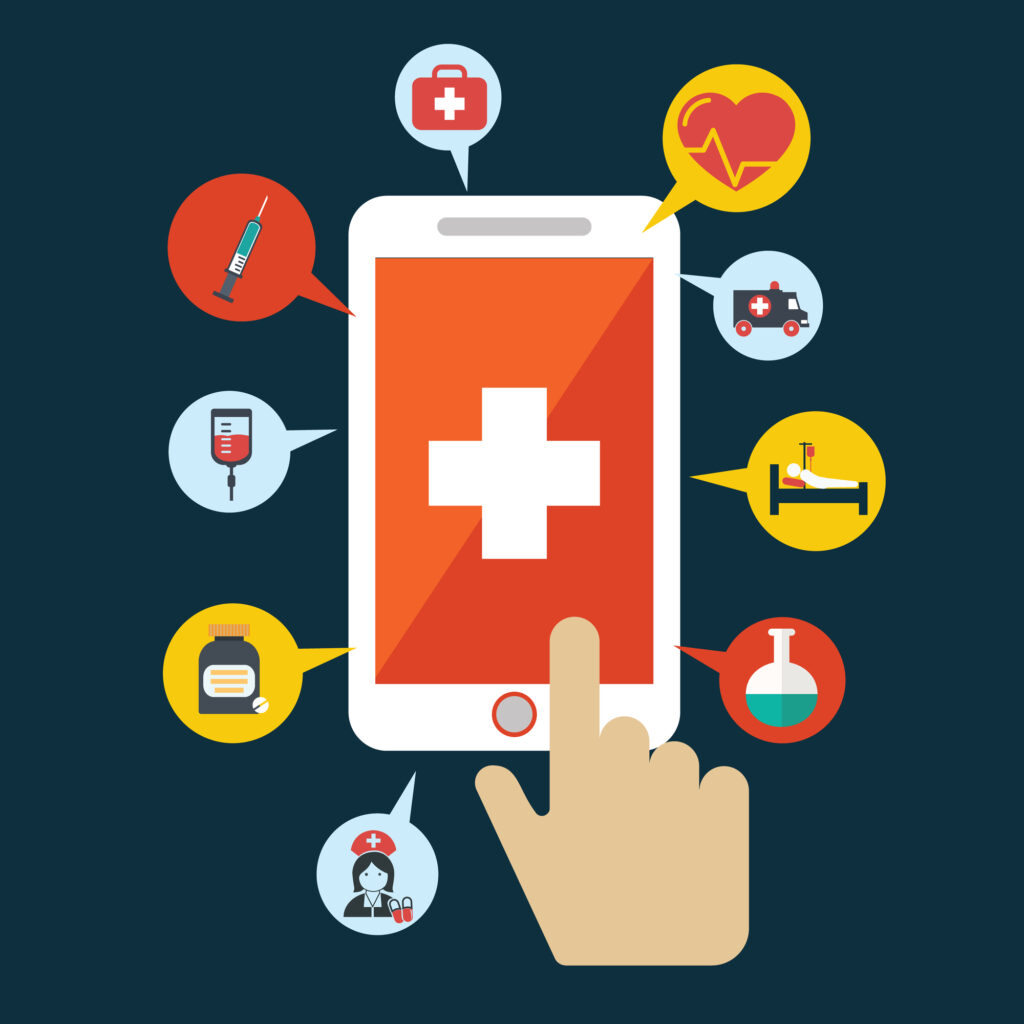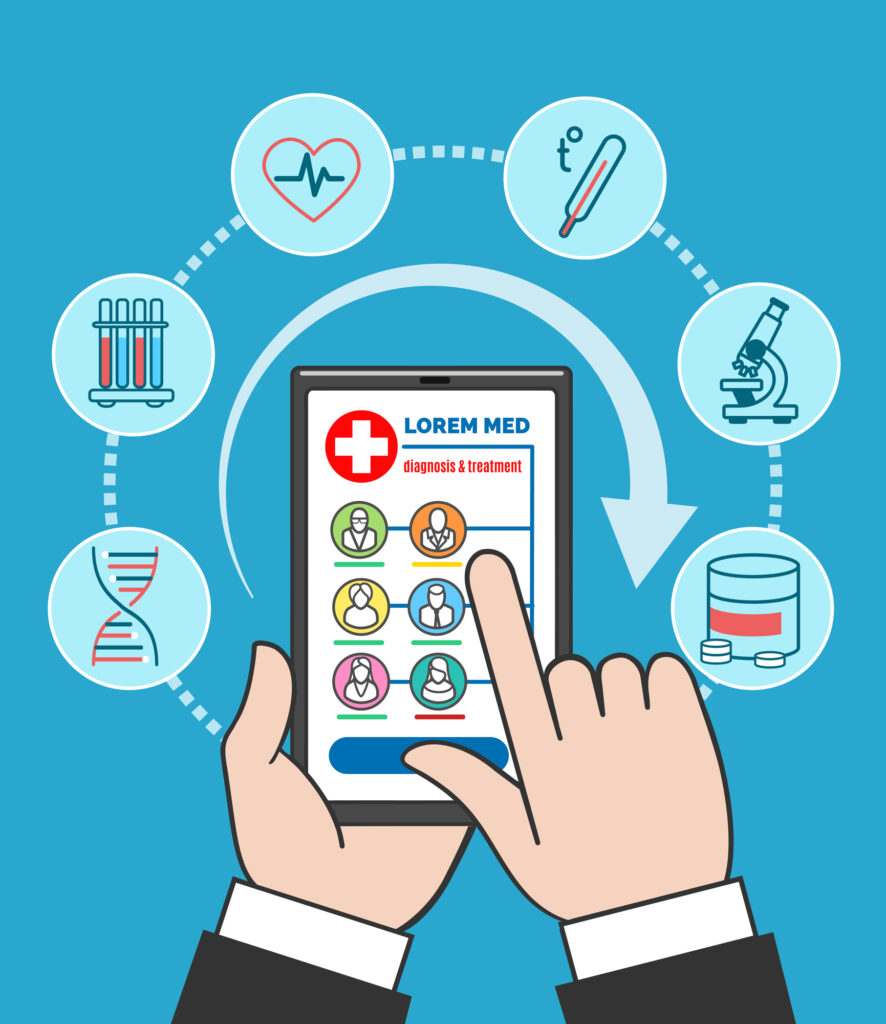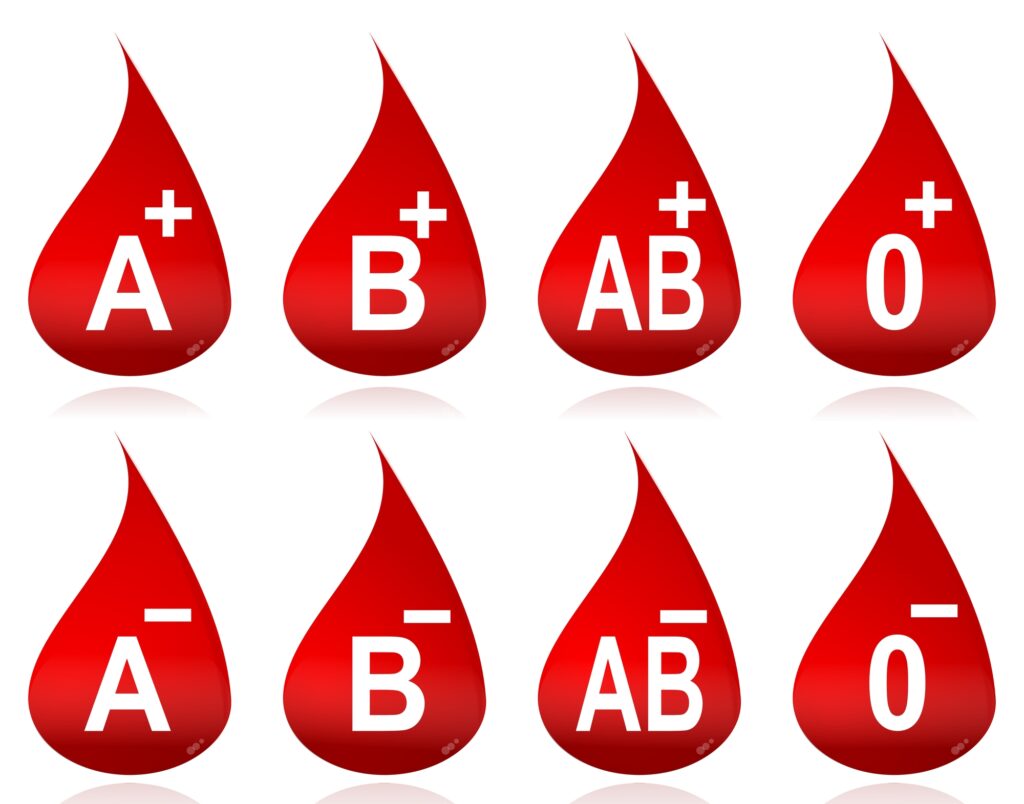
For many healthcare organizations software is a strategic priority for the coming year. According to a research paper by Klas Research and Bain & Company, 40% of provider organizations have software as their top strategic priority, for 80% it’s in their top three. Even for those provider organizations that did not list software as a strategic priority, 95% expect to make new software purchases.
Why a focus on software? Labor shortages are well known, physicians and other clinical staff are pressed to do more with fewer staff. Software can help ease administrative burdens, improve billing accuracy and receipts, as well as help clinical staff provide better and more accurate care faster to more patients. From the patient satisfaction perspective, the right software can improve patient engagement and experience from the first contact, improving outcomes and health.
According to he research linked above, Revenue Cycle, Security, Patient intake/flow, Clinical Systems and Telehealth were the top 5 solutions that provider organizations want to focus on. There are a lot of offerings out there promising solutions to these problems and many others. In the clinical space the internet of things, artificial intelligence (AI) tools, machine learning (ML) tools have exploded in the past few years, and there are more companies offering more solutions every day.
Beyond physician staff, nursing and other clinical support staff look to software and digital tools to improve care and coordination. Clinical staff want tools that work and ease their burden, allowing more time to focus on the patient’s that need care and attention. Nurses have been more vocal about getting the right tools for patient care, opinion pieces like this one in Nursing Times are appearing in forums more and more frequently.
Finding the right software is the first part of the challenge, and for clinicians the evaluation of software may be the easiest part to answer. There are still a variety of other questions that need to be answered before implementing a new solution. As anyone involved in healthcare knows, it’s never as easy as downloading an app from the Google Play Store.
Is the solution going to solve your problem?
How will the software be implemented?
Is the infrastructure in place to support the software?
Does the implementation require EHR integration?
Will it actually work when the switch is flipped to go live?
With any integration and roll-out there will always be more questions that come up during the process. All of these questions will need to be answered to ensure seamless integration and roll out of software packages. Patient care should be a seamless journey, so should software integration and upgrades. IT systems should work just as hard as the clinical staff to provide a seamless experience for all users.
Since 2007 Tido Inc. has a history of partnering with healthcare organizations and hospitals to help answer these questions and many more. Contact Tido Inc. to talk about their integration and test automation packages to leverage your existing infrastructure and maximize the ROI on software investments.





